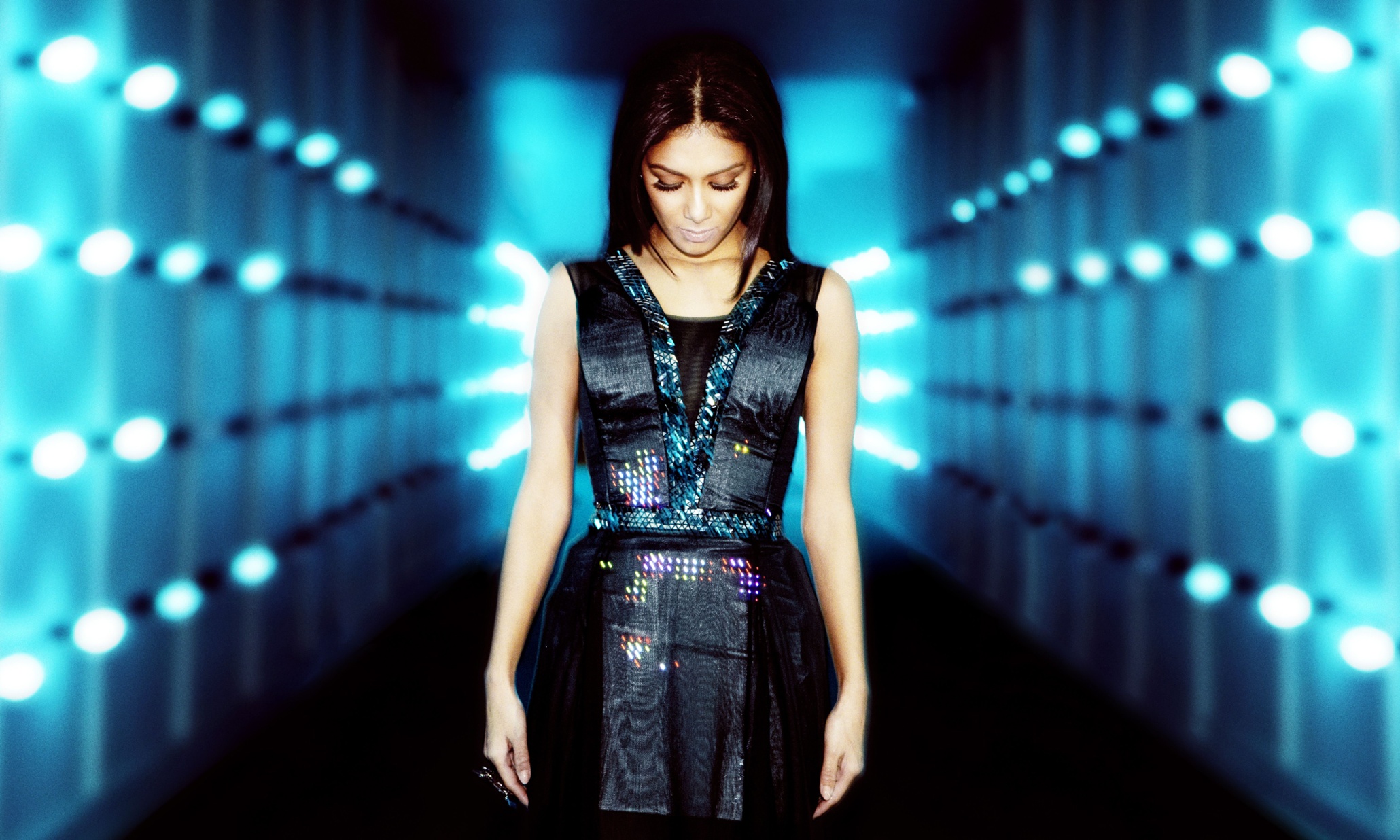
You used to wake up, back in the hey days of the early 2000s, and wonder where your precious ring went. Or your shoes. Or your umbrella. You used to forget, what day it was – and what the world is like, outside.
Then the smartphone arrived, and time became extremely well kept. But perhaps you still couldn’t find your damn wristwatch. Or your coat.
Well, congratulations. You’ve finally arrived to a time where everything can be connected to the web. Where nothing quite gets lost, where things are more than they are.
The Internet of Things, (IoT) an absolutely rehashed in more than a thousand articles type of buzzword – is plaguing the internet in the new storm of articles. There’s of course, a reason for that, given that this is one of the fastest growing industries in today’s world.
As things stand, this tech has disrupted nearly every industry, from transportation to healthcare. Nothing is quite sacred – not even the fashion industry.
But one cannot exclusively call it fashion – earlier, things may have had a purely aesthetic appeal but nowadays, the consumer also wishes for maximum, or at least, optimal utility to go with it. The IoT merges the worlds of fashion and healthcare, and of course, technology, to create the wearables revolution.
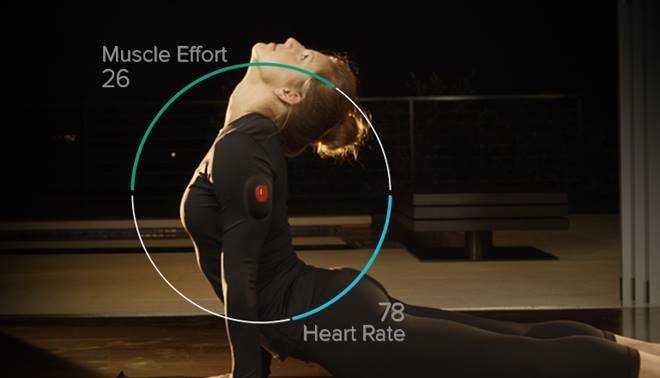
In a sense, it’s hardly that alien. Most of your friends already possess fitbits, especially if you’re a millennial. Those kids are also recommending it to their parents who can hardly argue – why not at least take a step towards getting fit by getting something that monitors your health? Even if you don’t run ten kilometers a day, the fitbit is a sober reminder of what you aren’t doing.
It’s really simple, then – most things that you wouldn’t have imagined, will all be interconnected with the internet cloud, more often than not through your ubiquitous smartphone. Apps for these wearables are the easiest way to get things going the IoT way.

The worldwide market for smart fabrics is $2.25b with an annual growth rate of 18%, while the US market for smart fabrics is $1.016b with annual growth rate of 27%.
Fashion, hence, while once being the realm of the aesthetic – and not so technological when it came to pure function, is now getting the sci-fi edge. From your eyewear to your bracelet, everything can transmit information; at least, there’s devices already out for that.
Now imagine the sheer degree of the industry itself – how many types of apparel exist? And over that, if all of them had apparel specific sensors, those invisible types – then the items would be able to do so much more than the original, enabling an entirely new industry to bloom, and bloom explosively.
This is the consumer centric world. It is also the personalized world. For those of you too late into this, know that it isn’t really a question of how you can make your sunglasses digitally capable, because the tech for that exists. It’s what
kind of added functionality you can provide that matters – will I get X-ray vision with these glasses? Maybe, maybe not!
But it’s also all about
informed choices. People love that word, and rightly so – gone are the days where people don’t know what the back of the label says. The clincher is, the average consumer also knows that the typical label doesn’t give enough! So we need more transparency in the market, and IoT gives even that.
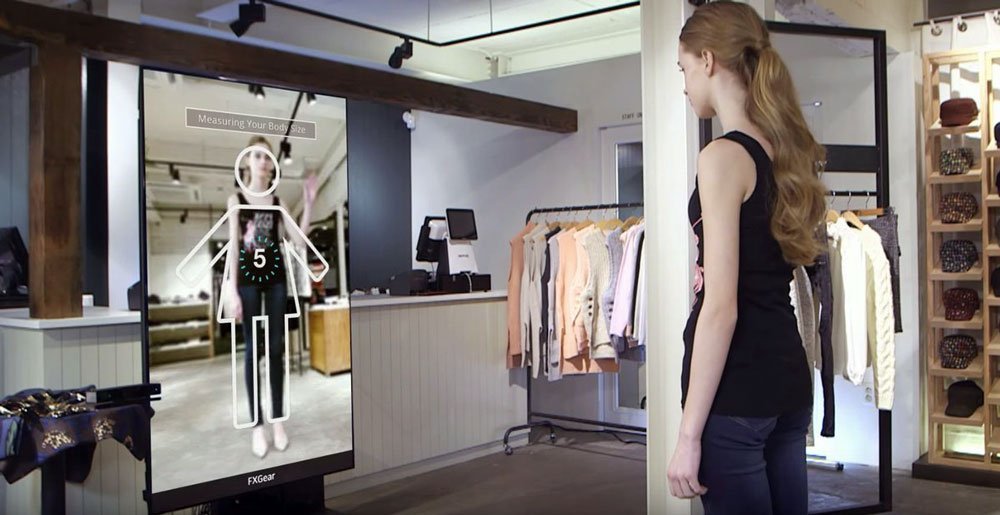
For the environmentally friendly consumer, the material of the scarf, or the overcoat she buys will be very important. IoT enabled packaging, or even the clothing itself may tell the consumer its year, its origins and reveal all kinds of information that enables her to factor in those choices, to further her chosen lifestyle. Each thing is tailor-made that way, or at least enables the consumer to think so – the personal touch. Every preference has a market, and the IoT enhances that – especially in the world of fashion.
Here’s a few examples of what you can wear nowadays, just to give you a glimpse.
– the Apple Watch and Samsung’s Gear
– Google Glasses, MetaPro, Vuzix
– Memi, Tory Birch for Fitbit
– Polar Team’s Pro System, Lumo Run
– Jawbone, Nike Flex, Fitbit
– Pavlok, Emotiv Insight
All these devices obviously do much more than the standard product in that category. Eyewear generally revolves around giving you an augmented overlay for your surroundings, referencing the things that you see in order to give you more information.
Memi is a little more minimalistic, connecting to your iphone and being the receiver of standard alerts, along with other watch features. On the other hand, there’s the not so aesthetically intense but highly functional NIMB ring, which, with the help of a concealed button that notifies family, friends, emergency services and the Nimb community when you’re in trouble.
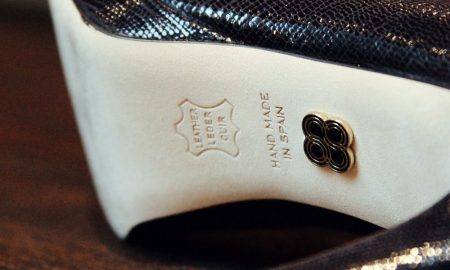
While most forays into this industry have been gimmicky – consider Rebecca Minkoff and her launch of its connected handbags that will be equipped with hang tags that will give entry into the spring/summer 2017 runway once scanned – and one can think there might not be utility there, but there’s all sorts of things in the spectrum.
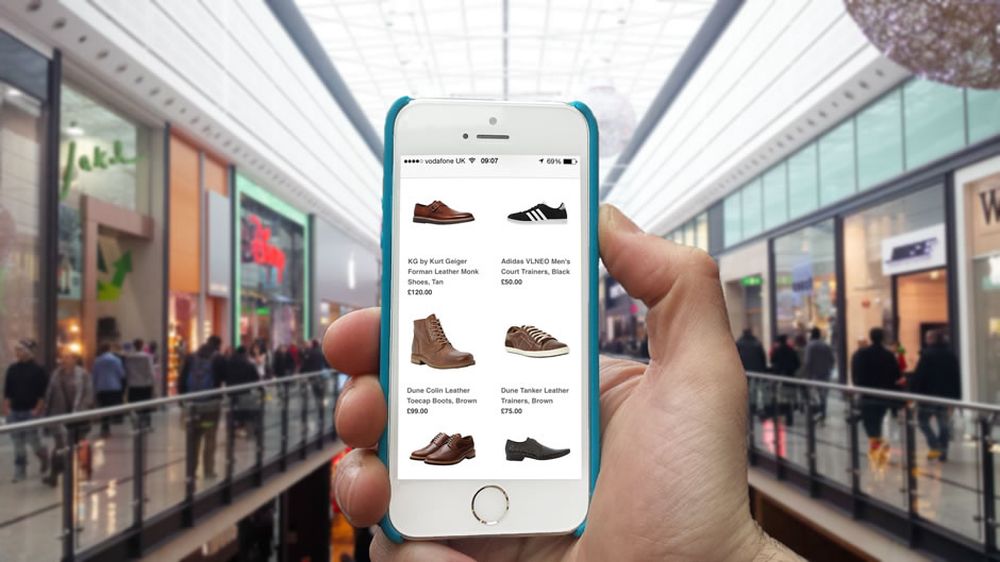
Loss prevention and fraud are up next for what IoT fashion can do – yes, track your items of course, and also – this is more for the fashion companies – but your inventory can all seamlessly be kept track of. Also, no more shady returns when consumers don’t like what they brought – an IoT handbag will tell when and how it was broken, if possible.
More fun things actually happen in the way in which people will be shopping for things too. People can just wear what they want (say, a jacket), and walk out of the store through a sensor door that connects with the jacket – initiating contactless payment. Smart mirrors are already a reality, as they allow the wearer to imagine themselves in the attire of their choice.
A McKinsey analysis for the applications we size estimates that the IoT has a total potential economic impact of $3.9 trillion to $11.1 trillion a year by 2025. At the top end, that level of value—including the consumer surplus—would be equivalent to about 11 percent of the world economy, which is a staggering value at any rate.

Maybe?
This is not only limited to the power the items themselves will have – this will help the industry at large. With the amount of data fashion items can generate, monitoring wearables, their performance, and their potential can all be a boon for the industry that is still making its way through our interconnected world – and admittedly, had begun to stagnate a little.
Capturing the full potential of IoT applications will require innovation in technologies and business models, as well as investment in new capabilities and talent when it comes to the field of wearable fashion. With policy actions to encourage interoperability, ensure security, and protect privacy and property rights, the Internet of Things can begin to reach its full potential—especially if leaders truly embrace data-driven decision making.
